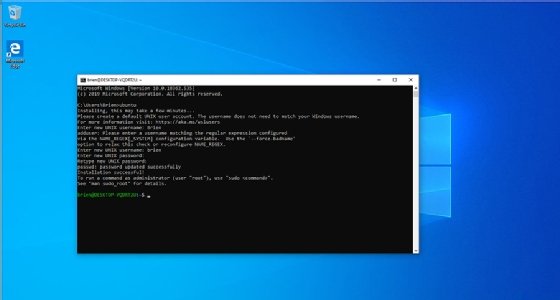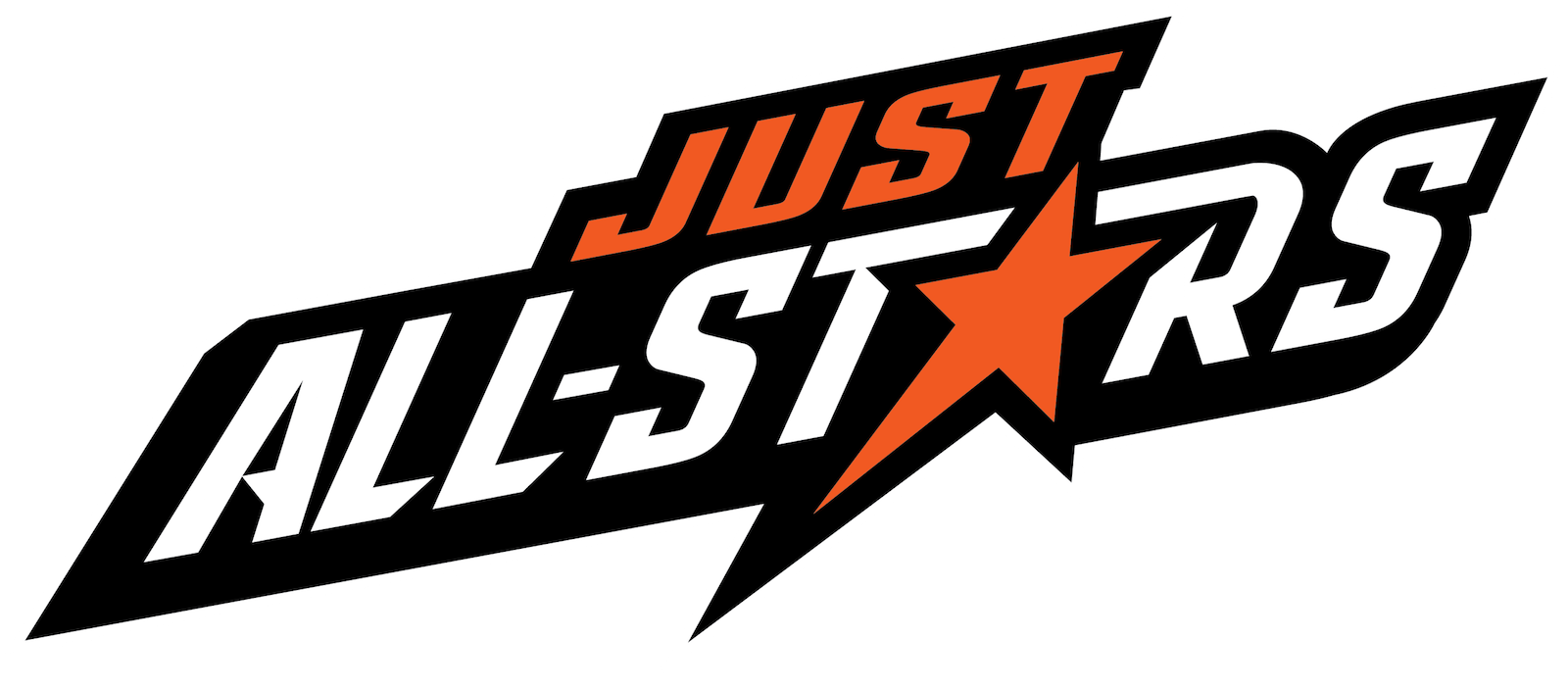
What is Linux in Operating system?| Features & Distributions of Linux:
What is Linux in Operating system?| Features & Distributions of Linux:The article also discusses the different Linux distributions, their role in modern computing, and Linux’s history, features, and advantages.
Table of Contents
Introduction:
Based on the Unix operating system, Linux is a free and open-source operating system (OS). Linus Torvalds created Linux in 1991 during his time at the University of Helsinki in Finland.
Due to its robustness, security, and versatility, Linux has gained popularity since its inception.
Many devices use this technology, including desktop computers, servers, mobile phones, and embedded systems.
What is an Operating system?
Operating systems (OS) are pieces of software that manage hardware resources and provide common services for computer programs. They are the most important type of computer software.
The basic functions of an operating system include recognizing keyboard input, sending output to the display screen, tracking files and directories on the disk, and controlling peripheral devices.
Example:
Some examples of popular operating systems include:
- Microsoft Windows
- macOS
- Linux
There is no single operating system that works with all hardware and software configurations; each has its own set of features and functions.
A computer operating system provides a platform for other programs to run on, as well as an efficient and easy-to-use way of managing hardware resources.
History of Linux Operating System:
As a personal project in 1991, Linus Torvalds developed Linux as a free and open-source operating system.
He released the first version of Linux, called version 0.02, on October 5, 1991. Linux has gained popularity since then and has become a stable and reliable operating system.
GNU General Public License (GPL) allowed anyone to use, modify, and distribute the Linux kernel (the core of the operating system) freely since 1992.
Various Linux distributions, which are versions of the operating system that include the Linux kernel and other software packages, developed as a result.
Features of Linux:
The following are some of the features of Linux.
- Linux allows multiple programs to run simultaneously, making it an ideal choice for servers and other high-performance systems.
- With Linux, users have full control over how their files and resources are accessed. It also has built-in protection against viruses and firewalls.
- There are thousands of software packages available for Linux, and it’s easy to install and configure them. Users can customize the operating system according to their needs.
- Linux is an open-source operating system, which means the source code is available for viewing, modification, and distribution. This allows developers to contribute to the development of the operating system and create custom versions.
- As a result of Linux’s portability, it can be installed on virtually any computer system, from desktops to servers to embedded systems. Linux also runs on various architectures, including x86, ARM, and MIPS.
Distributions of Linux:
Linux comes in a variety of distributions, each with its features and target audience. Some of the most popular Linux distributions are:
Ubuntu:
Based on the Debian distribution, Ubuntu is a user-friendly Linux distribution suitable for desktop computers. Regular updates make Ubuntu easy to use.
Fedora:
Known for its focus on innovation and up-to-date software packages, Fedora is a Linux distribution that is suitable for desktop and server use.
Known for its focus on innovation and up-to-date software packages, Fedora is a Linux distribution that is suitable for desktop and server use.
CentOS:
This distribution of Linux uses Red Hat Enterprise Linux (RHEL) as its basis and is suitable for servers. It has a long support cycle and is known for its stability.
Arch Linux:
Known for its simplicity and minimalism, Arch Linux is suitable for advanced users and developers. It requires manual installation and configuration by users.
Known for its simplicity and minimalism, Arch Linux is suitable for advanced users and developers. It requires manual installation and configuration by users.
Advantages of Linux:
- In comparison with proprietary operating systems, Linux is free and open-source, making it a cost-effective option.
- The Linux operating system can be customized by users
FAQS
1. Is Linux suitable for everyday use?
Its user-friendly nature and a large repository of software packages make it suitable for everyday use. It can be installed and configured easily by individuals, businesses, and organizations.
2. Is Linux only used on desktop computers?
A wide variety of devices can be installed on Linux, including desktop computers, servers, mobile phones, and embedded systems. This makes Linux an extremely versatile operating system.
3. Is Linux secure?
As well as its built-in firewall and user and group-based permissions, Linux is regularly updated to address vulnerabilities and security issues.
4. Can Linux be customized?
Regardless of the operating system used, Linux offers many options that can be configured and customized to meet the individual needs of the user. There is a large library of software packages that are easy to install and configure, and users can adjust the operating system’s appearance, functionality, and performance according to their needs.
Conclusion:
In conclusion, Linux is a free and open-source operating system based on the Unix operating system. A wide range of devices is running Linux, including desktop computers, servers, and embedded systems.
Linux was developed in 1991 by Linus Torvalds and has gained popularity due to its robustness, security, and versatility. Multitasking, security, customization options, and portability make Linux an effective choice for a wide range of devices.
In the world of computing, Linux plays a significant role as an affordable and reliable alternative to proprietary operating systems. There are different distributions of Linux, each with its own set of features and target audience.
